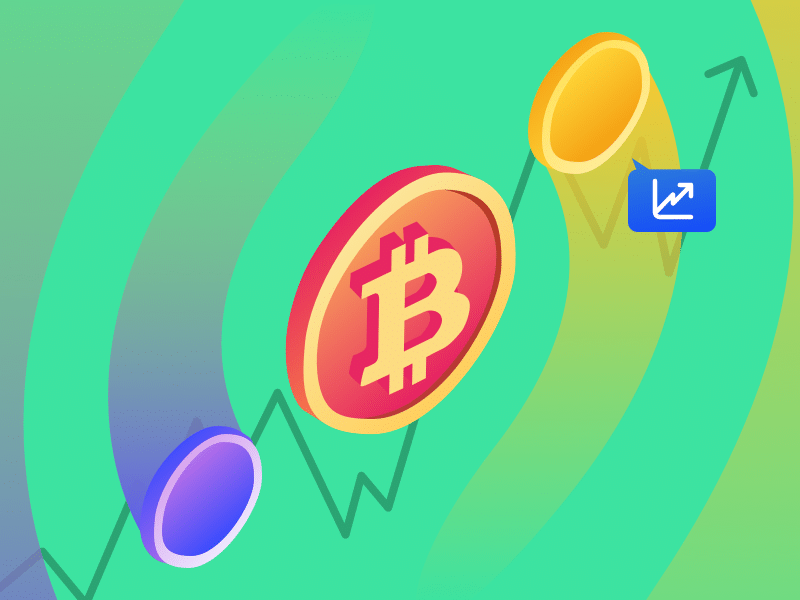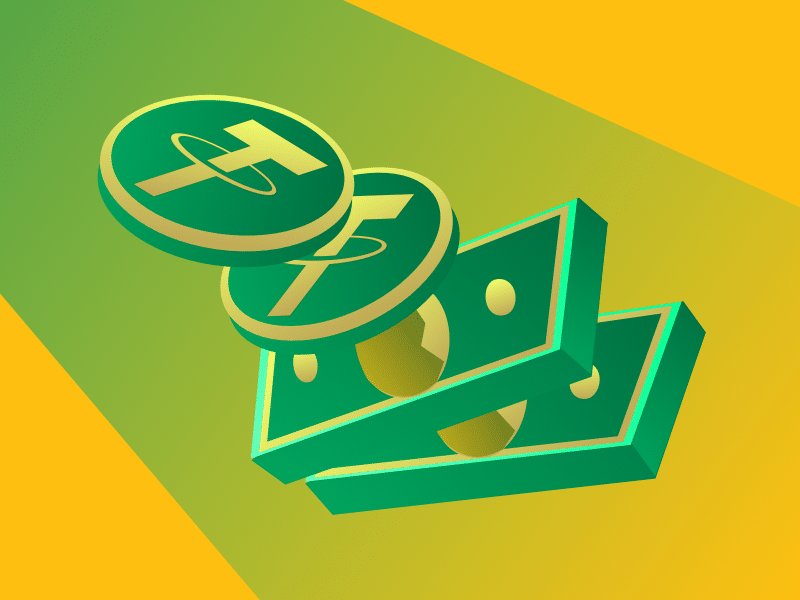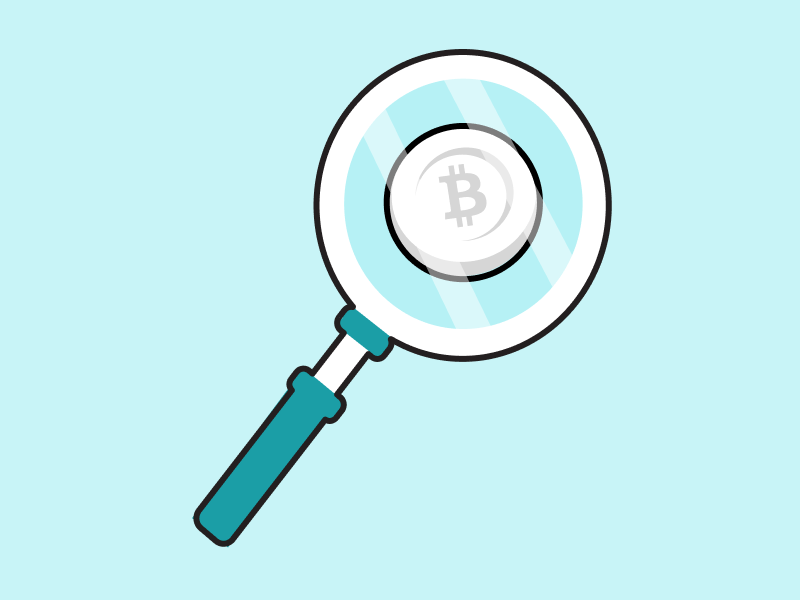Rug Pull in Cryptocurrency and How To Avoid It
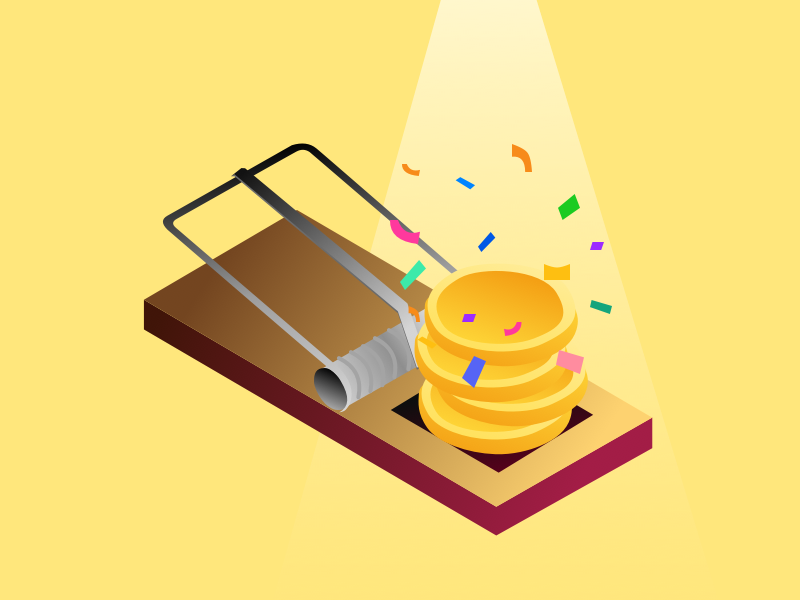
Investing in cryptocurrency has the potential to generate a greater return than any other type of investment. However, as an investor you have to be careful and study the asset you want to buy first, so you don’t get caught up in scam projects in the crypto world. One example of fraudulent practices in crypto is rug pull. What is rug pull, and how to avoid it? Read more in this article.
Understanding Rug Pull
Rug pull or exit scam is a form of fraud in crypto where developers leave the project they created after previously collecting funds from investors. They simultaneously sell assets from the projects in large quantities so that the value of the assets owned by other investors becomes worthless.
Also read: Other common types of fraud in cryptocurrency
Exit scam usually occurs in tokens in decentralized exchange (DEX) that rely on a liquidity pool stored in the DEX. However, they can also disguise the rug pull as a DeFi project. In a rug pull, scammers claiming to be developers usually design a promising project that attracts a large number of users.
This project was then propagated to the community, attracting a large number of investors, raising the asset’s valuation. When the price rises to a point that is considered satisfactory for these scammers, they then simultaneously sell all their assets at once, which will destroy the price of those assets and harm all investors who have deposited their funds.
The word rug pull itself is taken from an English idiom, which has a literal meaning of pulling the carpet so the person standing on it falls flat on their face. Rug pulls in the crypto world happen in such a short period of time that most small, trend-following investors will be at a loss without understanding what is happening.
Several popular rug pull cases
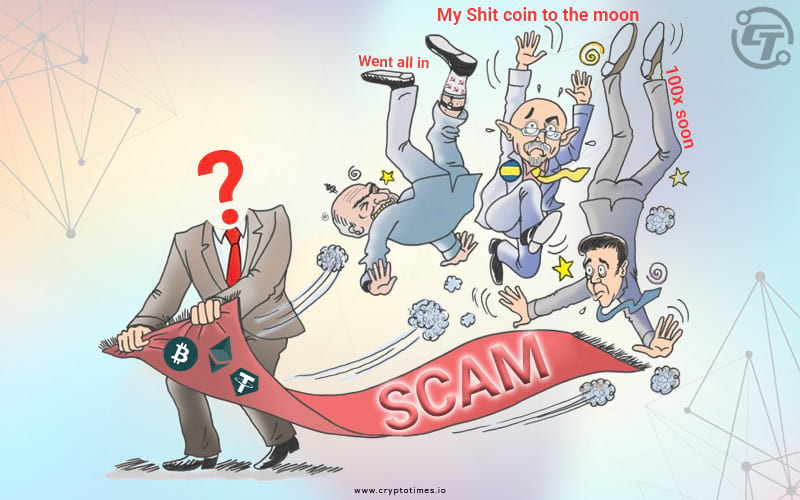
1. Squid Game Tokens
One of the most popular crypto assets since early October 2021 is squid game (SQUID). This meme coin is based on one of the popular Netflix series, Squid Game, although it is not directly related in any legal way to the series.
Since the information spread, the price of SQUID token suddenly increased drastically because many people saw the promotion from various social media. Between October 26 and November 1, the price of the Squid coin rose more than 23 million percent, from a few cents to $2,861.80. This increase was followed by a huge drop in price to $0.003 and everyone said that the Squid coin was just a rug pull.
SQUID developers allegedly abandoned the project and sold their tokens, earning about $3.3 million. After some investigation, it is found that the white paper of the Squid game project was filled with amateur mistakes such as basic grammatical errors. Currently, Coinmarketcap has embedded a warning in the SQUID page on its website so that users are aware of potential fraud.
2. Thodex
In April 2021, Thodex, a crypto exchange from Turkey with around 400,000 users was accused of an exit scam. In this rug pull case, the CEO of Thodex allegedly took $2 billion in user funds with him while fleeing from Turkey to Albania. Users claim that they cannot access their funds.
Currently, most of the Thodex team have been detained by the Turkish police, and the CEO of Thodex has been placed on Interpol’s wanted list.
3. Compounder Finance (CP3R)
In early November 2020, one DeFi project, Compounder.Finance did a rug pull and took $10.8 million from its users. The price of CP3R fell 98.8% in the span of 24 hours and lost value completely shortly after the scam.
The Compounder development team was able to steal $5.066 million in DAI, 4.8 million in ETH (8,080 ETH), $745,000 Wrapped BTC (39 WBTC), and the rest in form of COMP, UNI-V2, and CP3R DeFi tokens. This Rug pull turned out to be planned since the beginning of the project because all the money was taken through code in the smart contract intentionally written by the development team.
The Compounder development team allegedly intentionally entered a code in a smart contract that allowed them to take all the funds that had been collected. They have been intending to withdraw all the funds once they deem the profit to be enough. This horrible incident proves how careful research and planning will always be important before investing in a project.
How to identify and avoid rug pull
Rug pull is a fraud manipulation method that doesn’t use phishing, hacking, and other hidden methods. This manipulation takes place publicly and that makes it more difficult to identify than other scams. Rug pull exploits one of the weaknesses of crypto assets: the power of viral information, FOMO (fear of missing out), and the crypto community’s ability to readily influence one another.
In the world of cryptocurrency, a 100% or even 1000% growth is possible, and investors will usually immediately rush to acquire trending cryptocurrencies due to FOMO. This is what makes them so fallible to be the target of rug pull scammers.
Therefore, we must do our due diligence and research an asset before immediately buying it. This is important to be able to distinguish between promising crypto assets and rug pull projects. Here are some things we can analyze to identify projects that have the potential to do rug pulls.
1. Researching the team behind the project
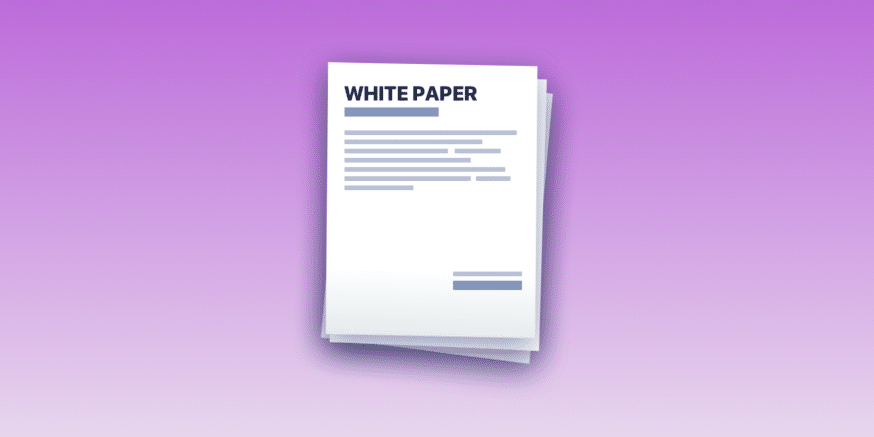
First, before we invest in a crypto asset, we should always research the founding person or organization of an asset. Aside from identifying potential rug pull, researching the team behind the project of a cryptocurrency can determine us its intrinsic value and find all the information we need. We must know who is in the organizational structure, their history, and track records.
In addition, we also need to read the white paper of each crypto asset project to find out the long-term plan of the project, its purpose, and the technology behind it. A legitimate and legal cryptocurrency project will have all detailed information on its white paper. On the other hand, a potential rug pull project will have very little to no information on its white paper.
3. Analyzing trade and on-chain data
Second, in the context of a blockchain network, we can see the on-chain activity of a crypto asset. This includes trading volume in the last few days, its level of liquidity, and how many DEXs have registered it as a legal crypto asset. Projects with potential rug pull only appears in a few DEXs with little trading activity (low liquidity).
In addition, we can also use block explorer to see who holds the crypto asset and whether the number of its holder is large or small. A legitimate crypto asset will be spread among many users even though it is not yet popular. Meanwhile, assets that have the potential to experience a rug pull are usually owned by a small amount (only owned by scammers), yet they have it in large numbers.
4. Avoid FOMO and read news
Finally, we need to align the data we have with the news about the asset. We also need to find out how the crypto community reacts to the asset through popular forums like Reddit and check from trusted crypto news sites. This is important to avoid FOMO so we can see the bigger picture and the context surrounding the popularity of a certain cryptocurrency.
Also read: The emotional side of investing: FUD and FOMO
When we can piece together data from various sources, we reduce our sense of FOMO and become more critical. In addition, reading a lot of news also allows us to distinguish between media that is promotional and news that is neutral. Excessive and massive promotional content can be a sign of rug pull because most new cryptocurrencies will start slow and small.
Conclusion
Rug pull is a form of fraud in cryptocurrency where developers leave their projects after collecting funds from investors. Developers then simultaneously sell their assets from the project in large quantities, rendering the asset of other investors to be worthless.
One example of a rug pull case is the SQUID token,whose price rose more than 23 million percent, from just one cent to $2,861.80 in early November 2021. This increase follows a price drop to $0.003 after the developer of the SQUID token left the project and sell their tokens. To avoid a rug pull, we need to be critical and gather as much data as possible before investing in a new project.
Sources:
- Rug Pulls – Red Flags to Look Out For and How to Avoid Them – Liquid
- What is a rug pull in crypto? – Cryptotips
- What is a rug pull in crypto? A Defi exploits explained – European business review
- The Rise of Cryptocurrency Exit Scams and DeFi Rug Pulls – Cylynx
- What is a Rug Pull and How Can You Avoid One? – Phemex
- Squid game cryptocurrency – Washington Post
Share
